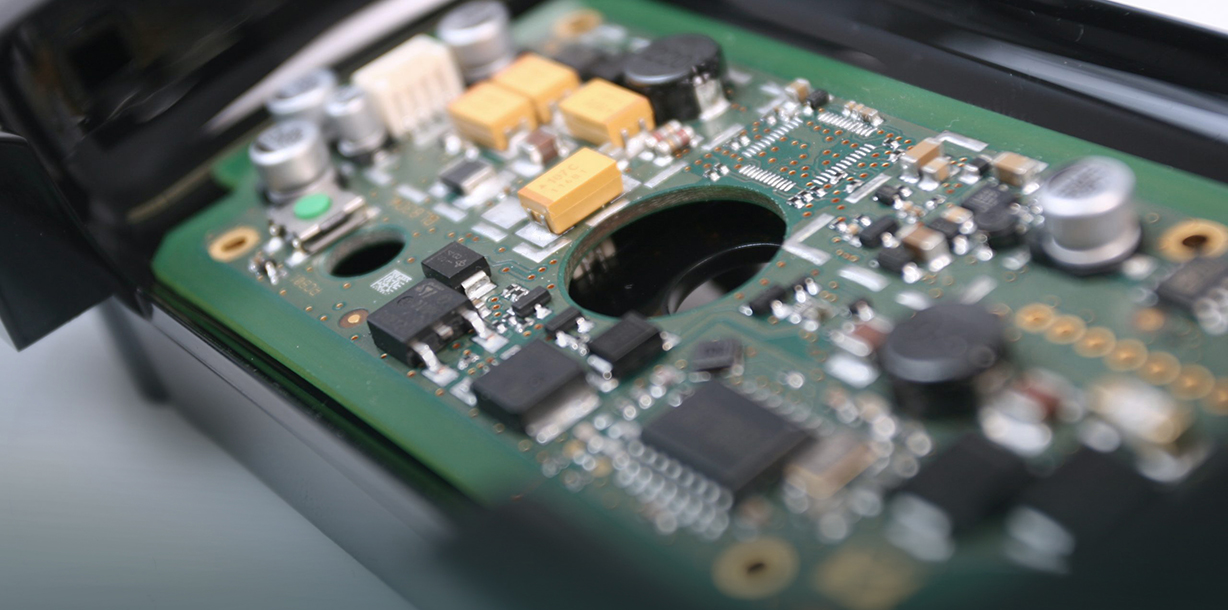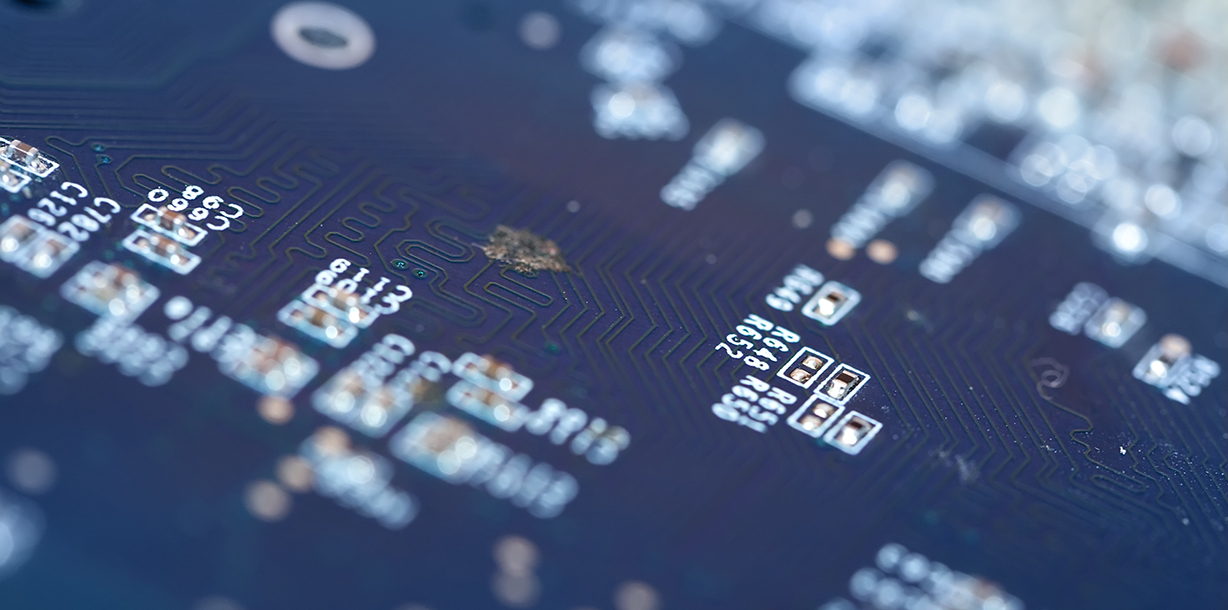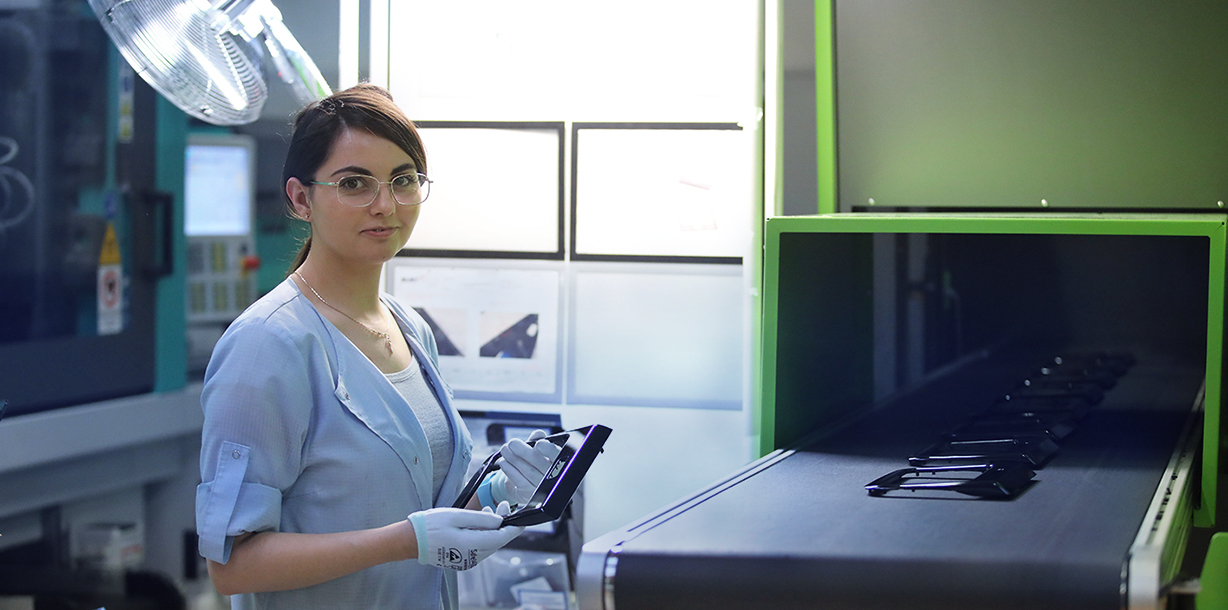Simulation of the injection process (Mold Flow)
Simulations of the injection molding process support the work of designers, tool builders and technologists. This is an important stage of digital prototyping that streamlines the implementation of the newly designed product into production. Thanks to simulation, implementation is able to be done quickly and efficiently, avoiding the tedious process of trial and error.
The full simulation of the injection molding process is a combination of the following stages: mold filling, post-packaging, cooling and shrinkage. The tools used make it possible to simulate all these stages. Simulations support the design and optimization of injection molds. Additionally, they allow us to predict potential inconsistencies in the geometry of the molded part already during the stage of mold design.


